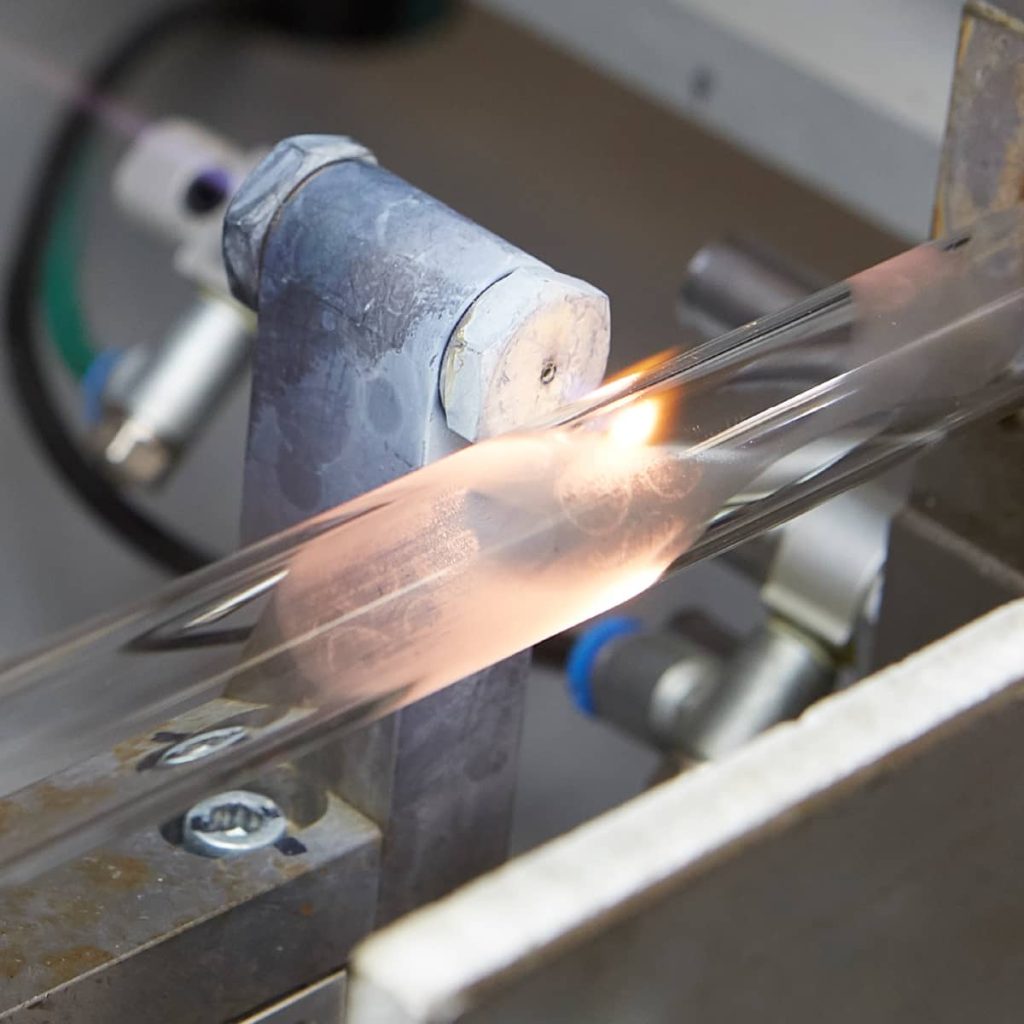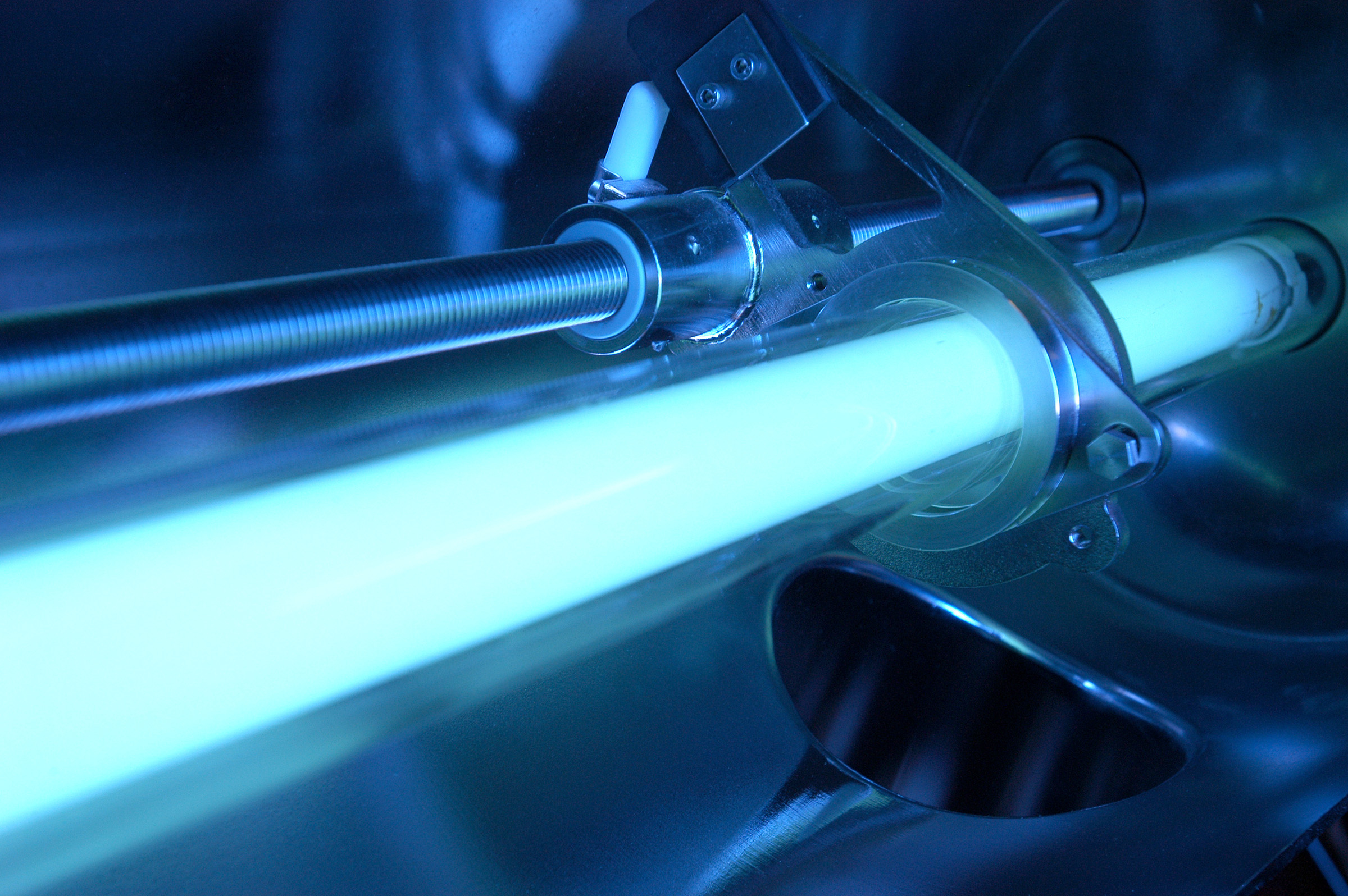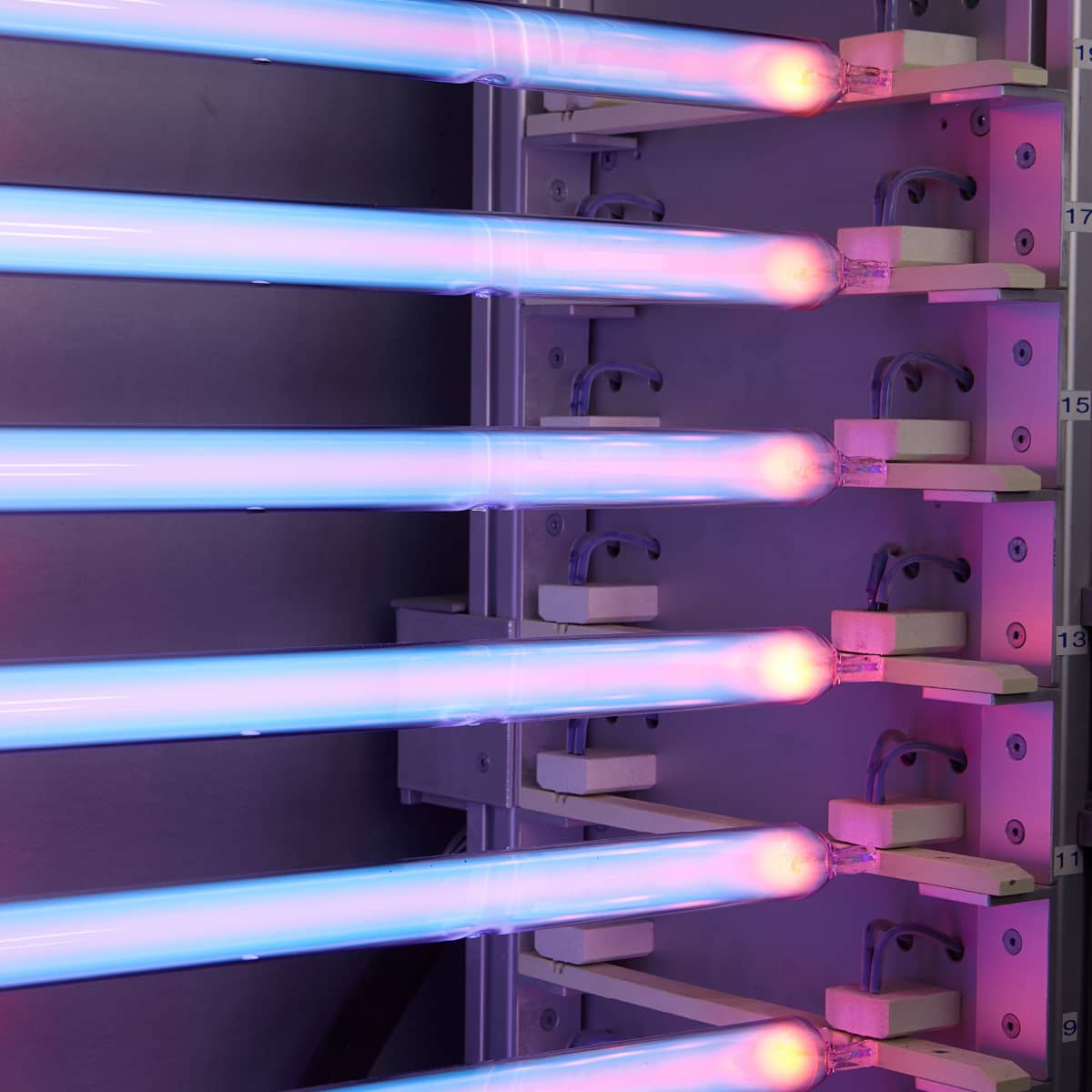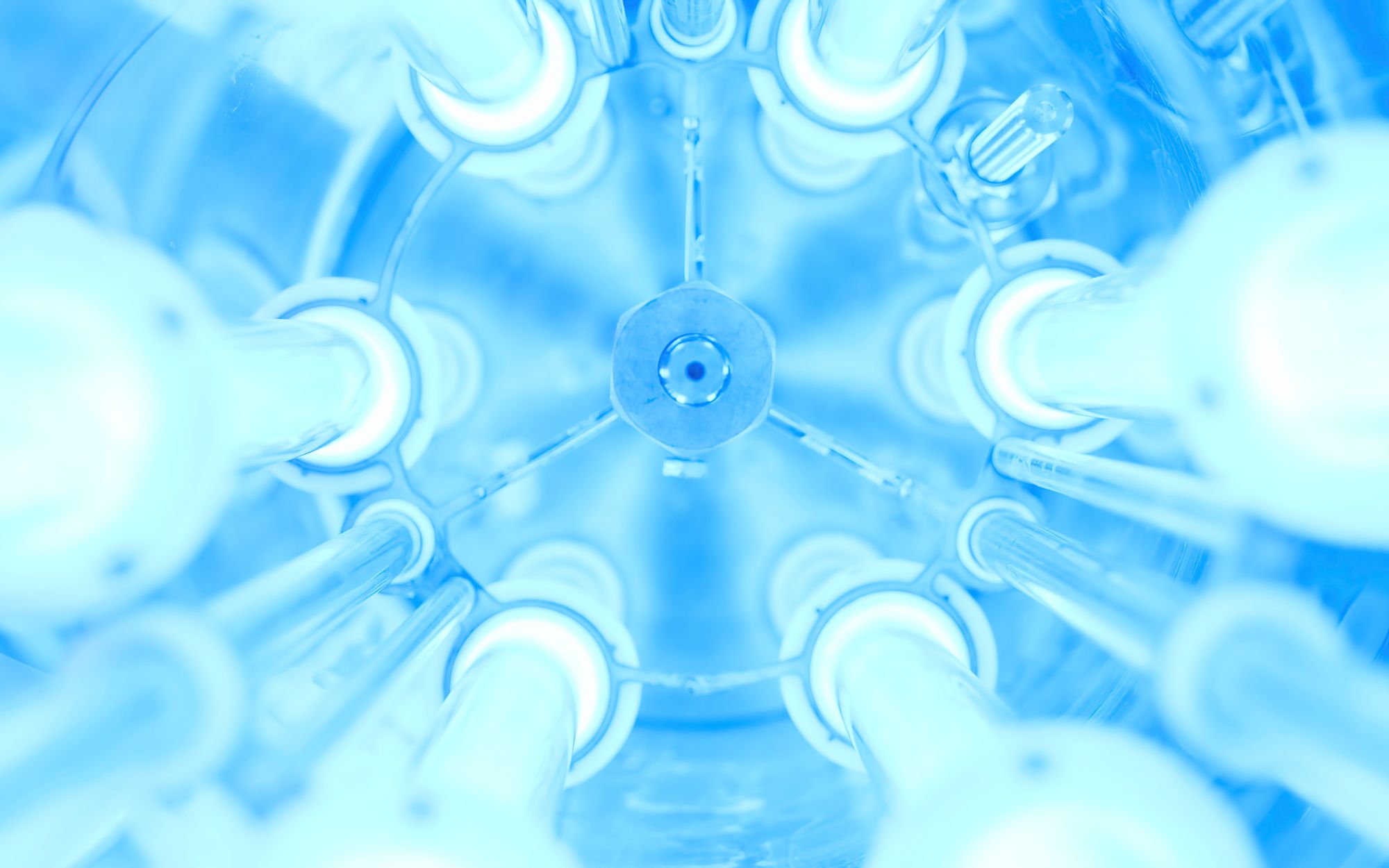In the world of artificial lighting, Ultraviolet (UV) lamps stand as an intriguing and often overlooked category despite their widespread use across various industries. These lamps emit ultraviolet light and have unique properties and applications that make them indispensable in fields as diverse as healthcare, printing, water purification, and even forensics. This article will provide a detailed introduction to UV lamps, exploring their types, components, manufacturing process, applications, safety considerations, and their role in shaping the future of several industries.

What are UV lamps?
UV lamps are specialized light sources designed to emit ultraviolet radiation. The ultraviolet spectrum consists of wavelengths shorter than visible light, and it can be divided into several categories, including UVA, UVB, and UVC, depending on the wavelength range. These lamps are engineered to produce UV radiation, and they find application in many fields due to their unique properties.
Types of UV Lamps
UV lamps come in various types, each with its characteristics and applications. Some of the most common types include:
- Low-Pressure Mercury Vapor Lamps (LP Hg): These lamps are the most traditional and widely used. They contain a low-pressure mercury vapor that emits UV radiation when excited by an electrical discharge. LP Hg lamps are used for tasks like UV curing in printing and adhesives.
- Medium-Pressure Mercury Vapor Lamps (MP Hg): These lamps operate at higher pressures and emit a broader spectrum of UV radiation, making them suitable for various applications, including water and air purification.
- High-Pressure Mercury Vapor Lamps (HP Hg): These lamps are characterized by their high-pressure mercury vapor, producing intense UV radiation. They are often used in specialized industrial applications and research.
- UV-LED Lamps: This technology is a more recent innovation, offering compact, energy-efficient, and long-lasting UV light sources. UV-LEDs have gained popularity in areas like disinfection, UV printing, and phototherapy.
Components of a UV Lamp
A UV lamp is comprised of several key components that work together to produce ultraviolet light. Understanding these components is essential to grasp the lamp’s functionality:
- Lamp Sleeves: The outer glass or quartz sleeve houses the lamp’s internal components. It is designed to transmit UV radiation while protecting the lamp from external contamination.
- Mercury Vapor or UV-LED Source: In mercury vapor lamps, mercury vapor is the primary source of UV radiation, while UV-LED lamps utilize semiconductor diodes to emit UV light.
- Electrodes: Typically made of tungsten, create an electrical discharge within the lamp. This discharge excites the mercury vapor, leading to the emission of UV radiation.
- Lamp Housing and Cooling System: UV lamps are often enclosed in protective housings and equipped with cooling systems to dissipate heat generated during operation. Proper cooling is essential to maintain the lamp’s efficiency and lifespan.
Manufacturing Process of UV Lamps
The production of UV lamps involves several intricate steps to ensure their quality and effectiveness:
- Lamp Sleeve Production: Envelopes are typically made from high-quality quartz or special UV-transmitting glass. These materials are shaped, polished, and coated to enhance UV transmission.
- Filling with Mercury and Other Gases: In the case of mercury vapor lamps, the envelope is filled with mercury vapor, along with small quantities of other gases like argon, xenon, or krypton to achieve the desired UV spectrum.
- Sealing and Processing Techniques: Sealing the envelope is critical, as it must prevent gas leaks while allowing for electrical connections. Techniques like pinch sealing and sealing with metal flanges are used.
- Quality Control and Testing: UV lamp manufacturers employ rigorous quality control measures, including leak testing, spectral analysis, and electrical performance tests to ensure the lamps meet specifications.




